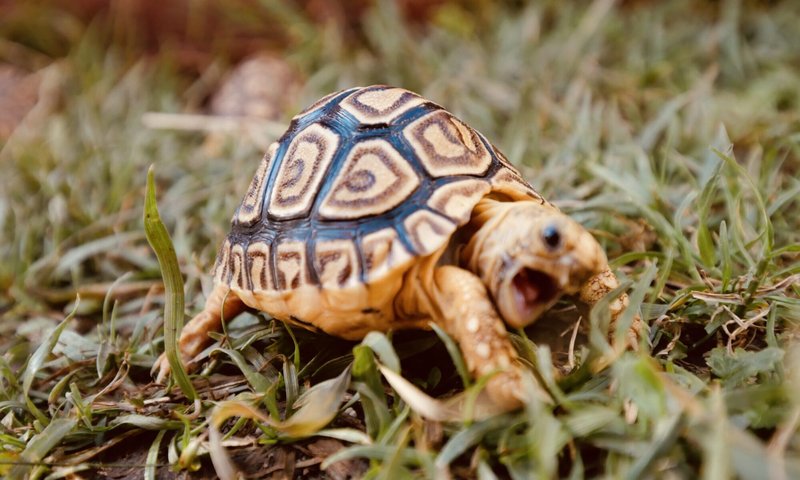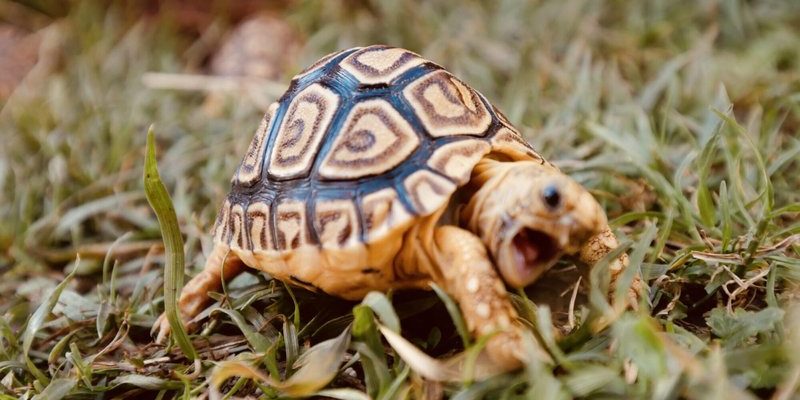
Imagine having a pet that requires a spa-like environment to feel comfortable. If you’re thinking about bringing a leopard tortoise into your life, you’ll want to understand where it can live best. Whether it’s indoors or outdoors, both environments have their perks and pitfalls. Let’s explore the ins and outs of housing a leopard tortoise to help you make the best choice for both you and your shelled friend.
Understanding Leopard Tortoise Needs
Before we dive into whether a leopard tortoise can live indoors or outdoors, it’s crucial to know what they need to thrive. These tortoises are native to the grasslands of Africa, where they’re accustomed to basking in warm temperatures and munching on a variety of grasses and plants. In essence, they require a habitat that closely mimics their natural environment.
Housing: When thinking about housing, you have to consider size. Adult leopard tortoises can grow up to 18 inches long, so they need ample space to roam. If you choose to keep one indoors, you might opt for a large tortoise table or an enclosed area where they can wander. Outdoor enclosures must be secure and spacious enough for your tortoise to explore.
Temperature and Humidity: Temperature is another vital factor. Leopard tortoises thrive in temperatures between 75°F and 90°F. If the temperature drops below this range, your tortoise may become lethargic. Indoor habitats often require a basking lamp to create that warm spot, while outdoors, you need to consider the natural climate in your area.
Indoor Living for Leopard Tortoises
Keeping a leopard tortoise indoors can be a rewarding experience, but it comes with specific responsibilities. Here’s how to create a comfortable indoor environment for your new friend.
Space and Setup: First, ensure you have adequate space. A large tortoise table or a spacious aquarium can work, but ensure it’s well-ventilated. Fill it with a substrate like coconut coir or soil that allows them to dig. Adding some rocks and hides will make the environment more stimulating and natural.
Lighting: Since leopard tortoises need access to UVB light for shell health, you’ll want to set up a UVB lamp in their indoor space. Regular sunlight can also be beneficial, so consider placing them near a window where they can soak up some rays. Just remember to rotate them outside occasionally for actual sunshine!
Diet: A leopard tortoise’s diet is primarily herbivorous. You’ll want to provide a mix of leafy greens, grasses, and some occasional vegetables. It’s important to avoid high-protein foods as they can lead to health issues. Make sure you always have fresh water available.
Outdoor Living for Leopard Tortoises
Now, let’s talk about how leopard tortoises can flourish outdoors. For many owners, an outdoor habitat is the preferred option, and here’s why.
Natural Sunlight: One of the biggest advantages of keeping a leopard tortoise outdoors is the natural sunlight they can enjoy. Sunlight is crucial for their metabolism and overall health. You won’t need to worry about UV lamps if you’ve got a sunny spot in your yard.
Space for Exploration: An outdoor habitat allows your tortoise to roam freely, mimicking their natural lifestyle. When designing an outdoor enclosure, ensure it’s surrounded by a sturdy fence to protect them from predators. The enclosure should include various substrates to dig in, as well as plants for them to munch on.
Seasonal Considerations: While outdoor living has its perks, you must also think about the seasons. In colder months, you’ll need to provide a warm hiding space or even bring them indoors if temperatures drop too low. Always monitor the weather and be mindful of extreme conditions.
Choosing Between Indoor and Outdoor Living
So, how do you decide whether to keep your leopard tortoise indoors or outdoors? Honestly, it often comes down to your lifestyle and environment.
Convenience vs. Natural Habitat: If you’re someone who’s home often and loves the idea of interacting with your tortoise daily, an indoor setup might work best for you. However, if you have a spacious backyard and live in a warm climate, then an outdoor habitat could be the perfect way to give your tortoise the life it’s meant to lead.
Health Considerations: Remember that regardless of where you choose to keep your tortoise, their health comes first. Regular vet checkups, proper nutrition, and a clean living space are essential, whether indoors or outdoors.
Common Challenges with Indoor and Outdoor Living
Every living arrangement comes with its challenges, and keeping a leopard tortoise is no different. Here are some common issues you might encounter.
Indoor Challenges:
– Space Limitations: A smaller living area can restrict natural behaviors like digging and exploring, leading to boredom.
– Temperature Control: You’ll need to consistently manage the temperature and lighting, which can be tricky if you’re not home during the day.
Outdoor Challenges:
– Predators: If you live in an area with wildlife, your tortoise may be at risk from predators like birds or neighborhood pets.
– Weather Fluctuations: Extreme heat or cold can harm your tortoise, so it’s vital to have a plan for cold snaps or heatwaves.
So, can the leopard tortoise live indoors or outdoors? The answer is yes to both, but the best choice depends on your lifestyle, environment, and willingness to provide care and enrichment. Whether you create a cozy indoor paradise or an expansive outdoor sanctuary, remember that the health and happiness of your tortoise should always be your priority.
By investing time and thought into their living situation, you’ll ensure your leopard tortoise thrives, whether it’s basking beneath a lamp or digging in the warm earth outside. Honestly, the joy they bring is well worth the effort!

